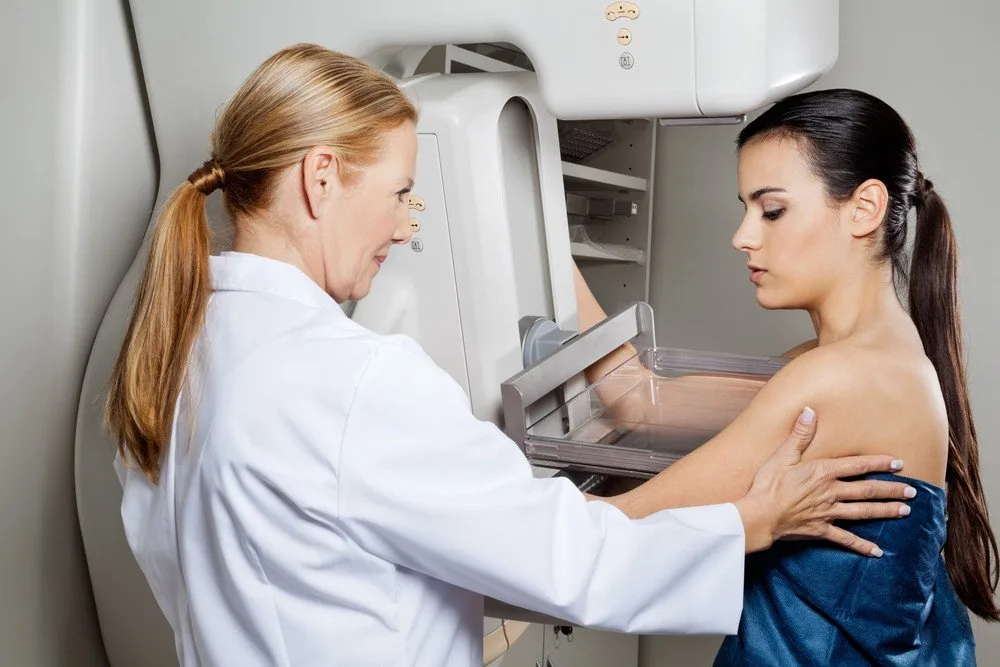Knowledge is power, and the more women understand breast cancer, the more likely they will be able to identify it early and minimize the risk of mortality.
Breast cancer is an uncontrolled growth of the cells in the breast gland which have the capability to spread to other parts of the body via the bloodstream or lymph channel. The staging of breast cancer is primarily clinical, which means by examination of the patient.
The stages can seem complex and detailed, but they are vital as they essentially help your doctors to:
- Understand the prognosis (what the outcome is likely to be).
- Guide your treatment decisions (together with other parts of your pathology report).
- Provide a common way to describe the extent of breast cancer for doctors and nurses all over the world, so that the results of your treatment can be compared and understood.
The Stages of Breast Cancer
1. Stage 0
Stage 0: Here, breast cancer has no clinical signs and cannot be detected by examining the patient. Cancers at stage 0 are detected principally by mammography screening for breast cancer.

The prognosis is excellent and most women diagnosed at this stage will survive appropriate treatment as long as they do not have cancer at all. If examined pathologically, many of these cancers are still non-invasive. This means that they have not broken out of the milk duct where they originated and therefore have no access yet to lymph or blood vessels and therefore cannot spread. These cancers can be cured by surgical excision alone.
2. Stage I
Stage I describes a tumor that measures up to 2 centimeters where lymph nodes are not enlarged.
3. Stage II
Stage II is divided into subcategories IIA and IIB.
a. Stage IIA
This stage is where breast cancer where no tumor has been found in the breast, but cancer cells are found in the axillary lymph nodes (the lymph nodes under the arm) OR the tumor measures 2 centimeters or fewer and the axillary lymph nodes are enlarged OR the tumor is larger than 2 centimeters but not larger than 5 centimeters and the axillary lymph nodes are enlarged.
b. Stage IIB
In this case, the tumor is larger than 2 but no larger than 5 centimeters and the axillary lymph nodes are enlarged OR the tumor is larger than 5 centimeters but the axillary lymph nodes are not enlarged.
4. Stage III
Stage III is divided into subcategories IIIA, IIIB, and IIIC.

a. Stage IIIA
No tumor is found in the breast but cancer is found in axillary lymph nodes that are clumped together or stuck to other structures, or cancer may have spread to lymph nodes near the breastbone. Or the tumor is 5 centimeters or smaller and axillary lymph nodes are clumped together or sticking to other structures. Or the tumor is larger than 5 centimeters and has spread to axillary lymph nodes that are clumped together or stuck to other structures.
b. Stage IIIB
Invasive breast cancer in which the tumor may be any size and has spread to the chest wall and/or skin of the breast AND may have spread to axillary lymph nodes that are clumped together or sticking to other structures, or cancer may have spread to lymph nodes near the breastbone. Inflammatory breast cancer is considered at least stage IIIB.
c. Stage IIIC
Invasive breast cancer has three elements to it – there may be no sign of cancer in the breast or, if there is a tumor, it may be any size and may have spread to the chest wall and/or the skin of the breast AND the cancer has spread to lymph nodes above or below the collarbone AND the cancer may have spread to axillary lymph nodes or to lymph nodes near the breastbone.
In the case of Stage IV, the cancer has spread to other organs of the body — usually the lungs, liver, bone, or brain.
Another important term to know is “Metastatic at presentation”. This means that breast cancer has spread beyond the breast and nearby lymph nodes, even though this may be the first diagnosis of breast cancer. The reason for this is that the primary breast cancer was not found when it was only inside the breast. Metastatic cancer is considered stage IV.
Additional breast cancer staging information
You may also hear terms such as “early” or “earlier” stage, “later,” or “advanced” stage breast cancer. Although these terms are not medically precise (they may be used differently by different doctors), here is a general idea of how they apply to the official staging system:
Early-stage
The early stage includes Stage 0, Stage I, and Stage II A.
Later or advanced stage
The early stage includes Stage IIB, Stage III and Stage IV.
What type of treatments can you expect?
The difference between cancer cells is why your pathology report, blood tests, and other tests can be so complicated and why there are so many treatments for breast cancer. Because cancer cells can be so different, what kills one type of cell might not do anything to another.

Almost two hundred medications have been approved to treat cancer, and many more are being developed. Some treatments are very specialized, designed to target only a particular protein in the cancer cells. This targeted therapy might do its job well, but that’s only one part of the overall fight against cancer. Other treatments are needed to fight other targets in the cancer cells. Each treatment does its part to get rid of the whole cancer. This is why some treatments work best in combination with other treatments or before or after other therapies.
The difference in cancer cells is why two people with breast cancer may have completely different treatment plans.
The best overall treatment involves getting the best out of each specialty. Surgery, radiation, chemotherapy, hormonal therapy, and targeted therapies all work in different ways on their own — plus they can be extra effective when given together. It is important that women speak to their doctors about any questions they may have regarding breast cancer – from the risk factors to what is considered a good breast health management plan. We need to protect the women of our country from this disease and the best way to ensure their protection is through education and awareness.



![women [longevity live]](https://longevitylive.com/wp-content/uploads/2020/01/photo-of-women-walking-down-the-street-1116984-100x100.jpg)










